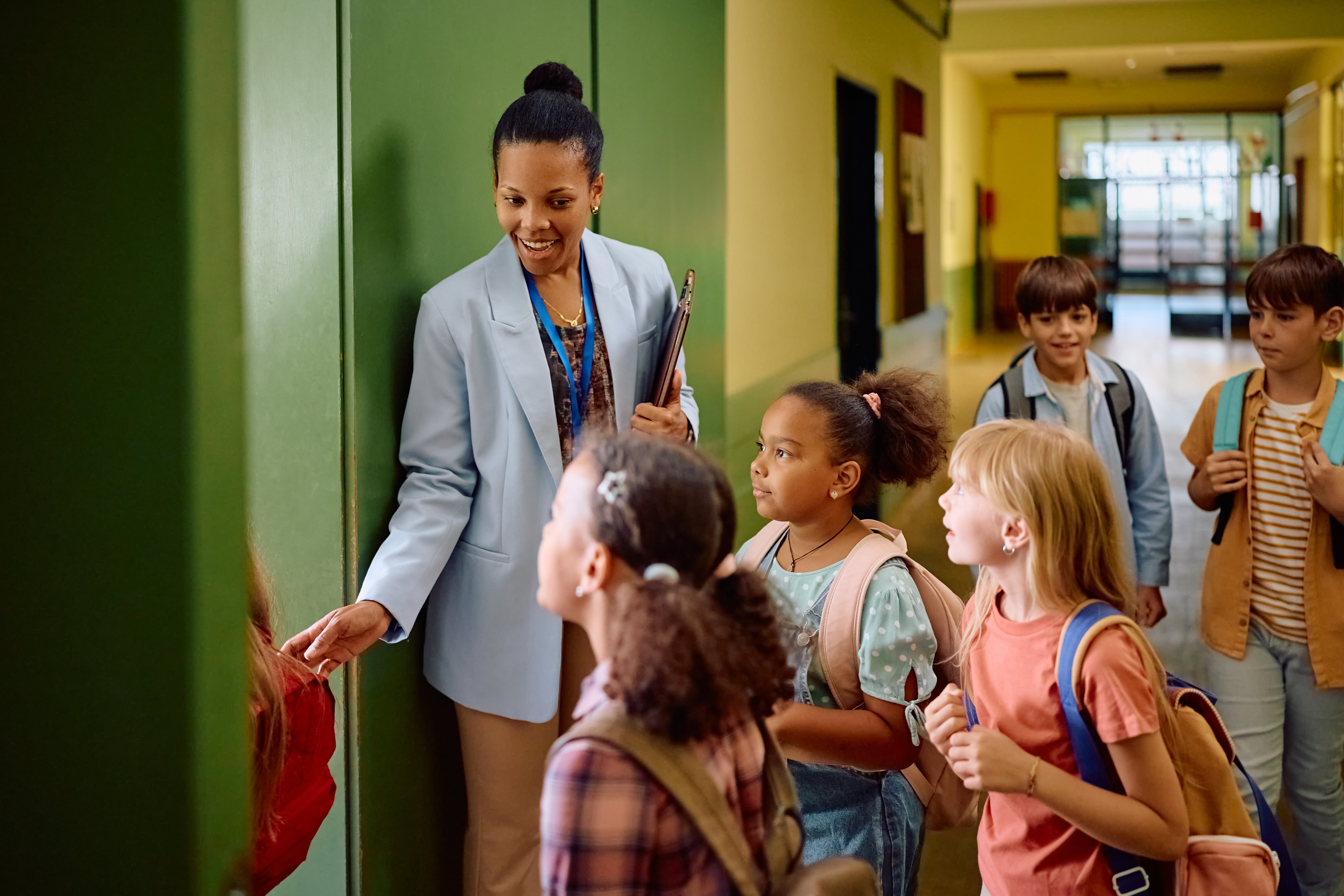When an emergency begins, there’s no time to think, only to act. The outcome depends entirely on what people have practiced and how quickly they can turn training into action.
Response is the bridge between preparation and recovery; the moment when readiness becomes real.
Asking the Right Questions
At one school, a firearm was found after a tip about vape pens led to a search. The weapon wasn’t loaded, and no ammunition was found. While it was a relief, the deeper question remained: Why was it there?
Effective response goes beyond confiscation. It means recognizing behaviors that might indicate someone is moving along the pathway to violence. Each incident should trigger curiosity, not complacency. The right question, asked quickly, can prevent the next crisis.
Three Clear Priorities
In any emergency, simplicity saves lives. Every response should align with three clear objectives:
Stop the killing. Stop the dying. Start the recovery.
For teachers, that might mean locking a door and moving students out of sight. For administrators, it’s ensuring communication and support. For responders, it’s controlling the threat. Every action connects to one of these goals.
Decentralized Command, Unified Action
During a crisis, information moves faster than leadership can. That’s why response depends on decentralized command, training people to act on intent, not instruction.
Each staff member must understand their role and trust their training to make decisions that support the broader mission. The more prepared they are, the more leaders can focus on strategy instead of control.
Response also relies on Unified Command, where schools, law enforcement, and fire services operate as one team. Each brings different responsibilities, but all work toward a single, coordinated plan and communicate through a unified voice to prevent confusion.
Responding Before It Happens
The best responses often occur before an incident even starts. Recognizing early indicators, like bullying, isolation, or escalating behavior, is part of moving to the left of bang.
Hope is not a strategy. Preparation, training, and consistent follow-through are. Every adult in a school has a moral and legal obligation to protect students. Choosing not to engage is, itself, a decision, with consequences.
The Measure of Readiness
Response reveals what preparation has built. Mistakes will happen, but trained, confident teams recover faster and prevent harm more effectively. The moment readiness becomes action is when leadership, not fear, takes over.
Because in the end, response isn’t just what happens when danger appears. It’s everything done beforehand to make sure action is possible when it does.






.png)





No Comments Yet
Let us know what you think